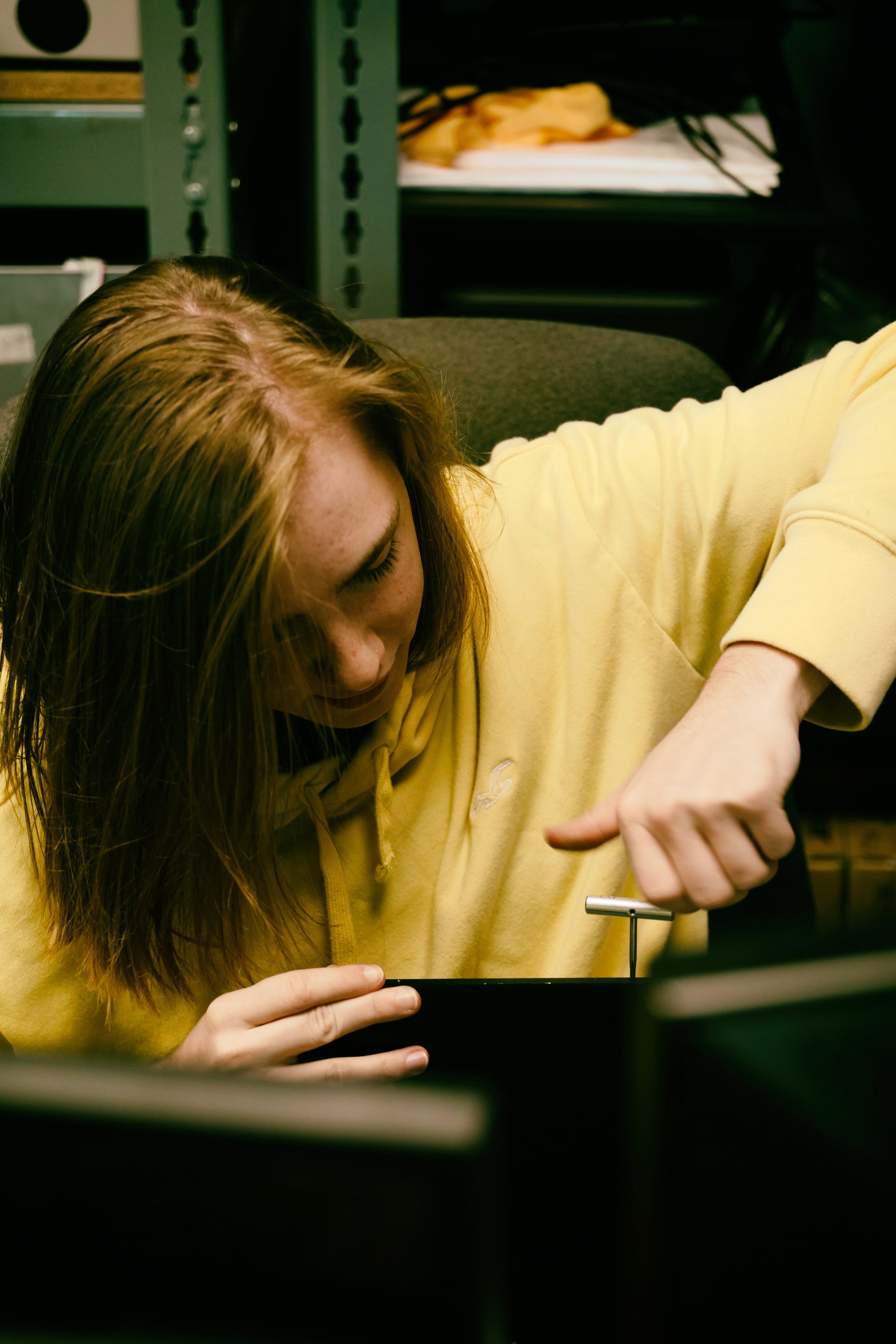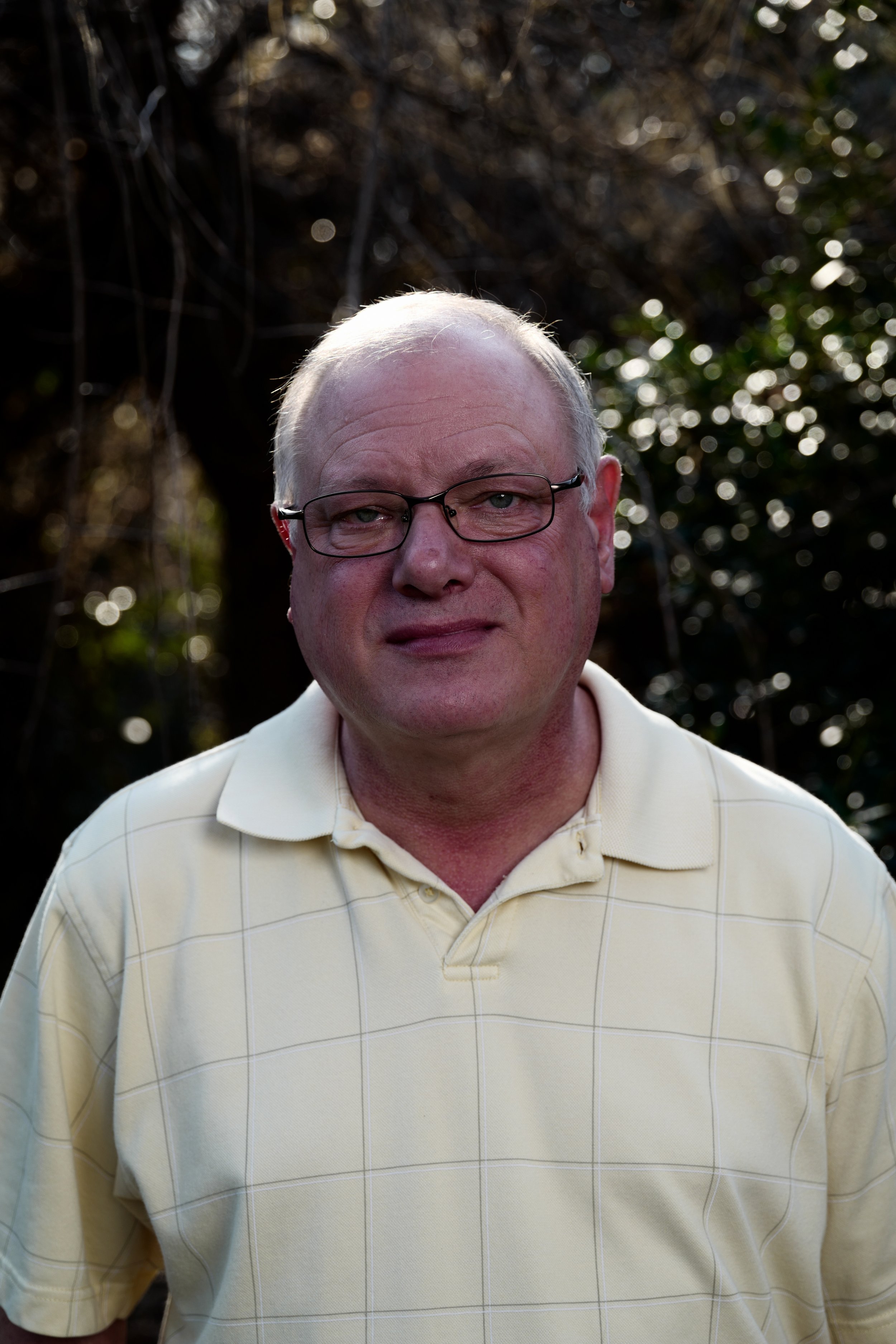Circularly Polarized Luminescence Things To Know Before You Get This
Circularly Polarized Luminescence Things To Know Before You Get This
Blog Article
The Basic Principles Of Circularly Polarized Luminescence
Table of ContentsThe smart Trick of Circular Dichroism That Nobody is Talking AboutExcitement About SpectrophotometersWhat Does Uv/vis/nir Mean?Unknown Facts About Uv/vis/nirHow Uv/vis/nir can Save You Time, Stress, and Money.Uv/vis Can Be Fun For AnyoneThe Buzz on SpectrophotometersCircularly Polarized Luminescence Fundamentals ExplainedNot known Details About Uv/vis The Best Strategy To Use For Uv/vis/nirGetting My Uv/vis To WorkCircular Dichroism Fundamentals Explained6 Easy Facts About Circularly Polarized Luminescence Described
It is then scanned through the sample and the reference options. Fractions of the incident wavelengths are sent through, or reflected from, the sample and the referral. The resultant light strikes the photodetector device, which compares the relative intensity of the 2 beams. Electronic circuits transform the relative currents into linear transmission percentages and/or absorbance/concentration values.The transmission of a referral compound is set as a standard (information) value, so the transmission of all other substances are recorded relative to the initial "zeroed" substance. The spectrophotometer then converts the transmission ratio into 'absorbency', the concentration of particular parts of the test sample relative to the preliminary substance.
Because samples in these applications are not easily available in big quantities, they are specifically matched to being evaluated in this non-destructive method. In addition, valuable sample can be conserved by making use of a micro-volume platform where as low as 1u, L of sample is needed for complete analyses. A quick description of the treatment of spectrophotometry consists of comparing the absorbency of a blank sample that does not include a colored substance to a sample that includes a colored compound.
The 6-Second Trick For Circular Dichroism
In biochemical experiments, a chemical and/or physical residential or commercial property is picked and the treatment that is utilized specifies to that home in order to derive more information about the sample, such as the amount, purity, enzyme activity, etc. Spectrophotometry can be used for a variety of techniques such as figuring out ideal wavelength absorbance of samples, determining ideal p, H for absorbance of samples, determining concentrations of unidentified samples, and figuring out the p, Ka of numerous samples.: 21119 Spectrophotometry is also a helpful process for protein filtration and can also be utilized as an approach to create optical assays of a compound.
It is possible to understand the concentrations of a two component mix using the absorption spectra of the basic services of each element. To do this, it is needed to understand the extinction coefficient of this mixture at two wave lengths and the termination coefficients of solutions that contain the known weights of the 2 elements.

The Definitive Guide to Uv/vis
A lot of spectrophotometers are used in the UV and noticeable areas of the spectrum, and a few of these instruments also run into the near-infrared region also. The concentration of a protein can be estimated by measuring the OD at 280 nm due to the existence of tryptophan, tyrosine and phenylalanine (https://www.magcloud.com/user/olisclarity1).
Nucleic acid contamination can likewise interfere. This method needs a spectrophotometer efficient in determining in the UV region with quartz cuvettes.: 135 Ultraviolet-visible (UV-vis) spectroscopy involves energy levels that thrill electronic transitions. Absorption of UV-vis light excites molecules that remain in ground-states to their excited-states. Visible area 400700 nm spectrophotometry is utilized extensively in colorimetry science.
20. 8 O.D. Ink manufacturers, printing companies, fabrics suppliers, and many more, need the information offered through colorimetry. They take readings in the region of every 520 nanometers along the visible region, and produce a spectral reflectance curve or a data stream for alternative discussions. These curves can be utilized to check a brand-new batch of colorant to check if it makes a match to requirements, e.
Uv/vis/nir - The Facts
Conventional noticeable area spectrophotometers can not detect if a colorant or the base material has fluorescence. This can make it difficult to manage color concerns if for instance one or more of the printing inks is fluorescent. Where a colorant includes fluorescence, a bi-spectral fluorescent spectrophotometer is utilized (https://www.slideshare.net/julieanndesalorenz30). There are 2 significant setups for visual spectrum spectrophotometers, d/8 (round) and 0/45.
Scientists utilize this instrument to measure the quantity of substances in a sample. If the compound is more focused more light will be soaked up by the sample; within small ranges, the Beer, Lambert law holds and the absorbance in between samples differ with concentration linearly. In the case of printing measurements 2 alternative settings are frequently used- investigate this site without/with uv filter to manage much better the result of uv brighteners within the paper stock.
Our Spectrophotometers Ideas
Some applications need small volume measurements which can be performed with micro-volume platforms. As explained in the applications area, spectrophotometry can be used in both qualitative and quantitative analysis of DNA, RNA, and proteins. Qualitative analysis can be utilized and spectrophotometers are utilized to tape spectra of compounds by scanning broad wavelength regions to determine the absorbance properties (the strength of the color) of the substance at each wavelength.

How Uv/vis can Save You Time, Stress, and Money.
One significant factor is the kind of photosensors that are readily available for various spectral areas, but infrared measurement is likewise difficult due to the fact that essentially whatever emits IR as thermal radiation, especially at wavelengths beyond about 5 m. Another problem is that numerous materials such as glass and plastic take in infrared, making it incompatible as an optical medium.
Recovered Dec 23, 2018. Basic Laboratory Approaches for Biochemistry and Biotechnology (2nd ed.). The necessary guide to analytical chemistry.
Chichester, NY: Wiley. pp. 1617. ISBN 9780471974123. OCLC 36543293. Ninfa AJ, Ballou DP (2004 ). Basic laboratory approaches for biochemistry and biotechnology. Hoboken: Wiley. p. 66. ISBN 9781891786006. OCLC 633862582. Rendina G (1976 ). Philadelphia, PA: W. B. Saunders Company. pp. 46-55. ISBN 0721675506. OCLC 147990. Oke, J. B.; Gunn, J. E.
Some Ideas on Uv/vis You Should Know
"Secondary basic stars for absolute spectrophotometry". The Astrophysical Journal. 266: 713. Bibcode:1983 Ap, J..266..713 O. doi:10. 1086/160817. Ishani, G (2006 ). "The very first business UV-vis spectrophotometer". p. 100. Recovered Dec 23, 2018. Simoni, RD; Hill, RL; Vaughan, M; Tabor, H (Dec 5, 2003). "A Classic Instrument: The Beckman DU Spectrophotometer and Its Inventor, Arnold O.
278 (49 ): e1. doi:. ISSN 1083-351X. Beckman, A. O.; Gallaway, W. S.; Kaye, W.; Ulrich, W. F. (March 1977). "History of spectrophotometry at Beckman Instruments, Inc". Analytical Chemistry. 49 (3 ): 280A300A. doi:10. 1021/ac50011a001. "Hewlett Packard: Compound Identification with HP 8450 A UV Visible Spectrophotometer". Analytical Chemistry. 51 (12 ): 1188A1189A. 1979-10-01.
1021/ac50048a728. ISSN0003-2700. Ninfa AJ, Ballou DP, Benore M (2015 ). Basic Laboratory Techniques for Biochemistry and Biotechnology (3, rev. ed.). Hoboken, NJ: Wiley & Sons. p. 77. ISBN9780470924525. OCLC915641828. "Totally Automatic Double Beam - Atomic Absorption Spectrophotometer (AA 8000)". Laboratory Equipment. Labindia Analytical Instruments Pvt. Ltd. "Spectrophotometry Applications and Fundamentals".
Not known Details About Circular Dichroism
Obtained Jul 4, 2018. Trumbo, Toni A.; Schultz, Emeric; Borland, Michael G.; Pugh, Michael Eugene (April 27, 2013). "Applied Spectrophotometry: Analysis of a Biochemical Mix". Biochemistry and Molecular Biology Education. 41 (4 ): 24250. doi:10. 1002/bmb. 20694. PMID 23625877. (PDF). www. mt.com. Mettler-Toledo AG, Analytical. 2016. Retrieved Dec 23, 2018. Cortez, C.; Szepaniuk, A.; Gomes da Silva, L.
"Checking Out Proteins Purification Techniques Animations as Tools for the Biochemistry Teaching". Journal of Biochemistry Education. 8 (2 ): 12. doi:. Garrett RH, Grisham CM (2013 ). Biochemistry. Belmont, CA: Cengage. p. 106. ISBN 978-1133106296. OCLC 801650341. Vacation, Ensor Roslyn (May 27, 1936). "Spectrophotometry of proteins". Biochemical Journal. 30 (10 ): 17951803. doi:10. 1042/bj0301795.
PMID 16746224. Hermannsson, Ptur G.; Vannahme, Christoph; Smith, Cameron L. C.; Srensen, Kristian T.; Kristensen, Anders (2015 ). "Refractive index dispersion picking up utilizing a range of photonic crystal resonant reflectors". Applied Physics Letters. 107 (6 ): 061101. Bibcode:2015 Ap, Ph, L. 107f1101H. doi:10. 1063/1. 4928548. S2CID 62897708. Mavrodineanu R, Schultz JI, Menis O, eds.
Not known Facts About Circular Dichroism
U.S. Department of Commerce National Bureau of Standards special publication; 378. Washington, D.C.: U.S. National Bureau of Standards. p. 2. OCLC 920079.
The process starts with a controlled light source that brightens the examined sample. When it comes to reflection, as this light engages with the sample, some is taken in or released. The discharged light travels to the detector, which is examined, measured, and provided as industry-standard color scales and indices.
Market governing bodies typically specify specific metrics for particular products, such as Tomato and Coffee indices. The streamlined math looks like this: Where R is the reflection coefficient. All terms are evaluated over the noticeable spectrum from 400 to 700 nm. In the case of transmission, when the light communicates with the sample, it is either soaked up, shown, or transferred.
More About Uv/vis
Examples include APHA (American Public Health Association) for watercolor and purity analysis, ASTM D1500 for petrochemical color analysis, edible oil indices utilized in food, and color analyses of drinks. The streamlined mathematics appears like this:. Where T is the transmission coefficient. All terms are evaluated over the noticeable spectrum from 400 to 700 nm.
Image Credit: Matej Kastelic/ Dr. Arnold J. Beckman and his coworkers at the National Technologies Laboratories first developed the spectrophotometer in 1940. In 1935 Beckman established the business, and the discovery of the spectrophotometer was their most ground-breaking innovation.
How Circular Dichroism can Save You Time, Stress, and Money.
99% accuracy. With time, researchers kept enhancing the spectrophotometer style to enhance its performance. For example, the UV capabilities of the model B spectrophotometer were improved by replacing the glass prism with a quartz prism. Ultimately, the Design DU was produced, containing a hydrogen light and other improvements. This instrument was used in industrial laboratories, centers, and chemistry and biochemistry departments.
Typically, a spectrophotometer is made up of 2 instruments, particularly, a spectrometer and a photometer. A standard spectrophotometer contains a light source, a monochromator, a collimator for straight light beam transmission, a cuvette to place a sample, and a photoelectric detector.
The Ultimate Guide To Uv/vis
There are various types of spectrophotometers in various sizes and shapes, each with its own function or functionality. A spectrophotometer determines how much light is shown by chemical components. UV/Vis. It determines the distinction in light strength based on the overall quantity of light presented to a sample and the quantity of light beam that goes through the sample solution
According to the instrument's design, the sample is put between the spectrometer and the photometer. After the light is gone through the sample, the photometer determines its strength and displays the reading. A spectrophotometer is utilized to determine the concentration of both colorless and colored solutes in a service. This instrument is utilized to determine the rate of a reaction.
Report this page